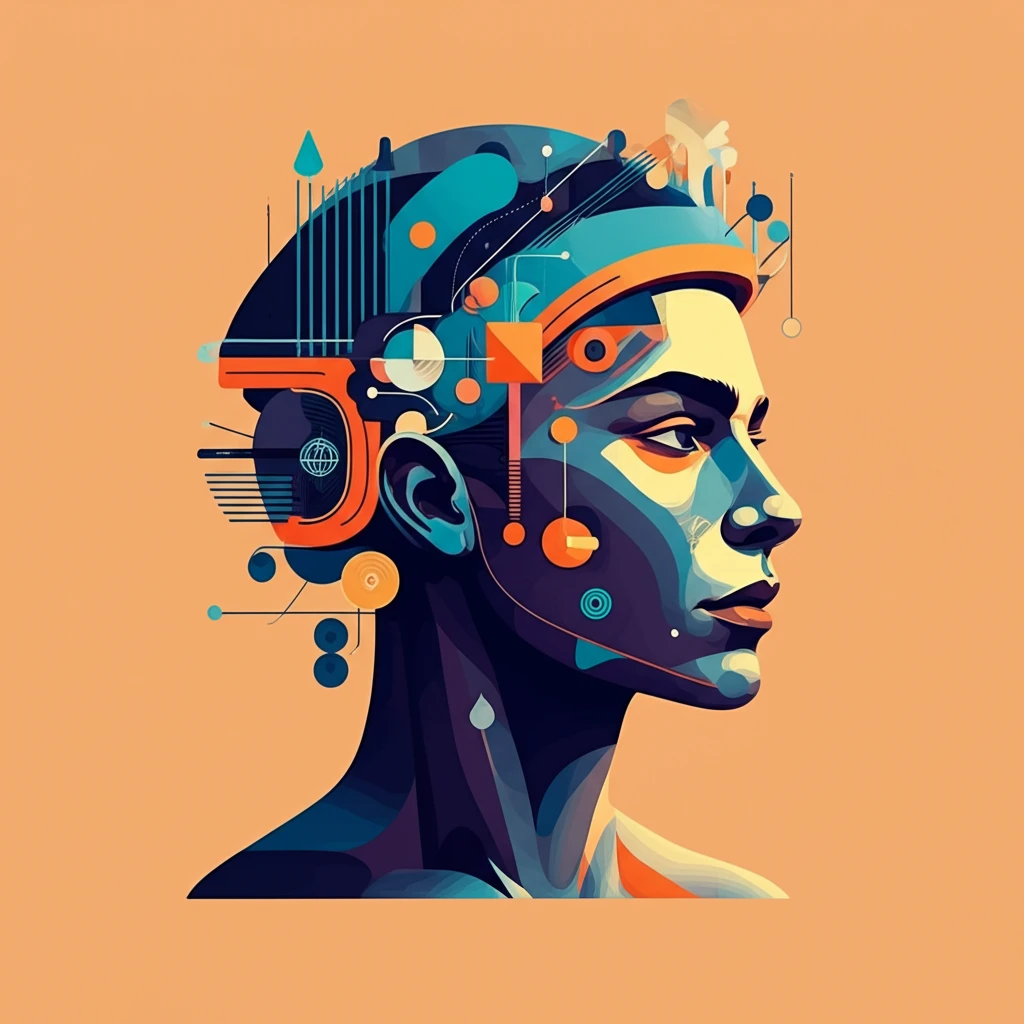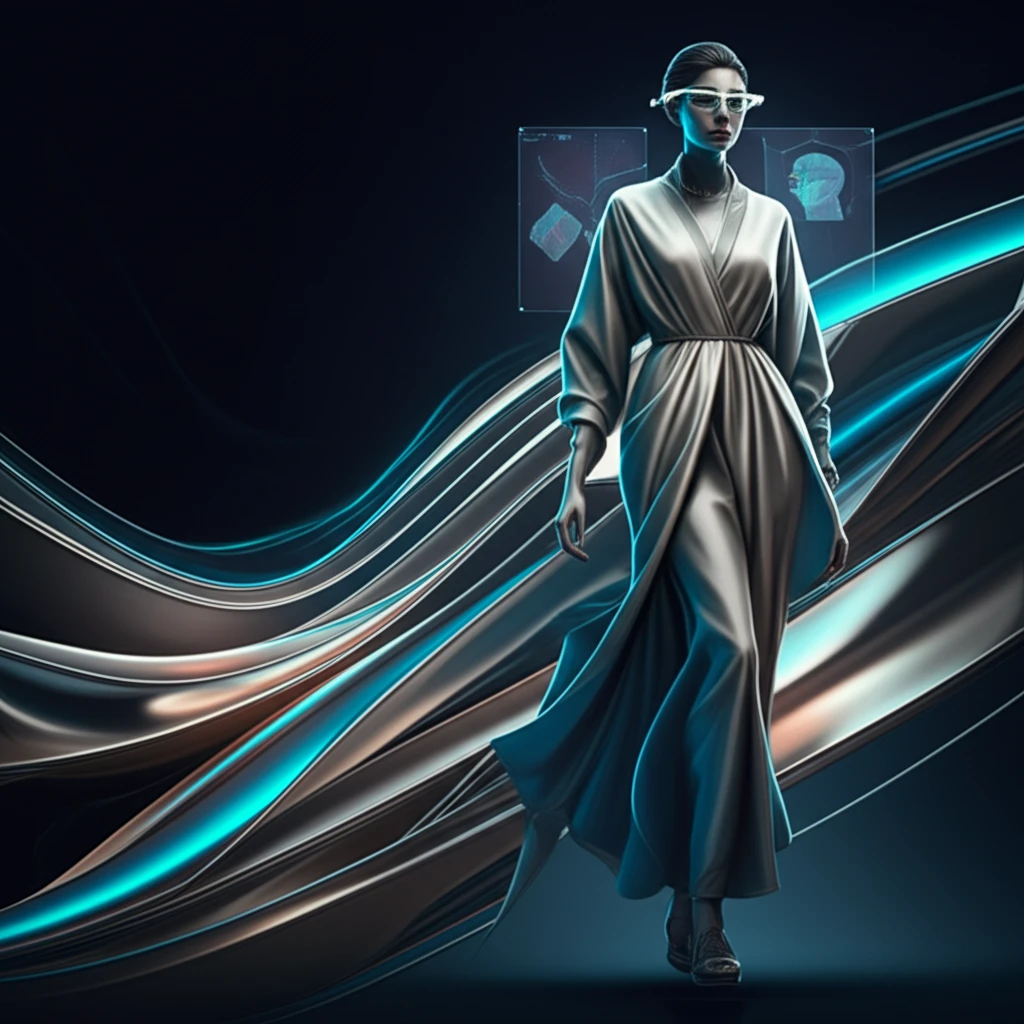Top 10 Designer Profile Trends for 2025: Shaping the Future of Fashion
The fashion landscape is in a constant state of flux, driven by technological advancements, evolving consumer values, and a renewed focus on individuality and responsibility. As we look towards 2025, the profiles of leading designers are shifting, reflecting these broader changes. Gone are the days when a designer's worth was solely measured by runway spectacle; today, it encompasses innovation, sustainability, inclusivity, and digital presence. This article explores the top 10 designer profile trends that are set to define the industry in 2025, offering insights and practical tips for both fashion enthusiasts and aspiring creatives.
1. The Rise of Hyper-Personalization Maestros
In 2025, designers are increasingly leveraging AI and data analytics to offer unparalleled personalization. These 'personalization maestros' create bespoke experiences, from custom-fitted garments designed via body scanning to AI-generated prints tailored to individual preferences. Their profiles highlight expertise in digital tools and customer relationship management, alongside traditional design skills.
Example: Designers offering virtual try-ons or co-creation platforms where customers influence the final product through digital input.
Tip for Readers: Look for brands that offer custom consultation services or utilize advanced configurators for made-to-order pieces.
2. Sustainability Champions and Circular Innovators
Sustainability is no longer a niche but a core pillar. Designer profiles in 2025 will prominently feature their commitment to circular fashion, upcycling, ethical sourcing, and minimal waste production. These designers are innovators in material science, often experimenting with bio-based fabrics, recycled textiles, and repair initiatives. Their narratives emphasize transparency and a holistic approach to environmental stewardship.
Example: Brands specializing in textile-to-textile recycling, or designers building collections entirely from deadstock fabrics and repurposed garments.
Tip for Readers: Prioritize brands with clear transparency reports, third-party certifications, and active take-back or repair programs.
The metaverse and digital fashion are no longer future concepts but current realities. Leading designers in 2025 are proficient in creating virtual garments, NFTs, and immersive digital experiences. Their portfolios often include collaborations with gaming platforms, virtual artists, and blockchain developers, signaling a deep understanding of the digital realm as a space for creativity and commerce.
Example: Designers launching digital-only collections wearable by avatars, or creating virtual showrooms and interactive experiences within the metaverse.
Tip for Readers: Explore digital fashion platforms and consider investing in virtual wearables that offer a new dimension to personal style.
4. Inclusivity Advocates and Diverse Storytellers
Diversity and inclusion are paramount. Designer profiles in 2025 will showcase a strong commitment to representing all body types, genders, ethnicities, and abilities. These designers actively challenge conventional beauty standards, designing for real people with varied needs. Their collections often reflect diverse cultural narratives and promote a global perspective.
Example: Brands known for extended sizing, gender-neutral collections, adaptive clothing for people with disabilities, or campaigns featuring a truly diverse cast of models.
Tip for Readers: Support brands that authentically champion inclusivity and whose marketing reflects a wide range of human experiences.
5. Craftsmanship Meets Tech-Fusionists
The blend of traditional artisanal techniques with cutting-edge technology defines a new breed of designer. These 'tech-fusionists' integrate 3D printing, laser cutting, and advanced embroidery with hand-sewn details, intricate weaving, and bespoke embellishments. Their profiles emphasize a deep respect for heritage crafts, enhanced by modern innovation.
Example: Garments featuring intricate hand-beading alongside panels created with computational design, or accessories combining ancient metalworking with generative AI patterns.
Tip for Readers: Appreciate pieces that showcase both meticulous handwork and innovative material or construction methods.
6. 'Quiet Luxury' Purveyors and Understated Elegance
Amidst fast-fashion cycles, a growing number of designers are focusing on 'quiet luxury' – high-quality, logo-minimalist pieces that prioritize impeccable tailoring, premium fabrics, and timeless design. Their profiles speak to an aesthetic of sophistication, durability, and investment-worthy craftsmanship, appealing to consumers seeking enduring style over fleeting trends.
Example: Brands renowned for their cashmere sweaters, perfectly cut trousers, or classic leather goods that whisper quality rather than shout brand names.
Tip for Readers: Invest in versatile, durable pieces that transcend seasonal trends and focus on fabric quality and construction.
7. Upcycled and Artisanal Storytellers
Designers who transform discarded materials into new, unique pieces are gaining significant traction. Their profiles highlight a commitment to upcycling, patchwork, and repurposing, often imbuing each garment with a distinct narrative. These designers celebrate imperfections and the unique stories embedded in reclaimed textiles, fostering a sense of authenticity and individuality.
Example: Collections made entirely from vintage denim, army surplus, or textile waste, where each piece is a one-of-a-kind creation.
Tip for Readers: Seek out designers who champion unique narratives and embrace the beauty of repurposed materials, often found in independent boutiques or online artisan markets.
8. Functional Fashion and Utilitarian Chic Experts
Practicality and versatility are key. Designers focusing on functional fashion create garments that serve multiple purposes, are adaptable to different environments, and prioritize comfort without sacrificing style. Their profiles often draw inspiration from workwear, sportswear, and outdoor gear, translating these elements into elevated, everyday pieces.
Example: Transformable jackets, multi-pocket cargo pants, or modular clothing systems that can be adapted for various occasions and weather conditions.
Tip for Readers: Look for pieces that offer both style and utility, allowing for greater flexibility and reducing the need for extensive wardrobes.
9. Community-Driven Design and Collaboration Curators
Designers are increasingly engaging their communities in the creative process. These 'collaboration curators' foster a sense of collective ownership, often involving customers, artists, or other brands in co-creation projects. Their profiles emphasize open-source design principles, limited edition drops based on community feedback, and a spirit of collaboration over competition.
Example: Brands that launch collections based on public voting, partner with emerging artists for capsule collections, or involve local artisans in their supply chain.
Tip for Readers: Engage with brands that involve their audience in the design process or frequently collaborate with diverse creators for fresh perspectives.
10. The Revival of Archival Inspirationists
While looking forward, many designers are also expertly reinterpreting the past. 'Archival inspirationists' delve into historical fashion archives, vintage aesthetics, and cultural heritage to create contemporary collections. Their profiles showcase a deep appreciation for fashion history, often blending retro silhouettes with modern fabrics and innovative detailing to create something entirely new yet nostalgically familiar.
Example: Designers drawing inspiration from 1920s flapper dresses for modern evening wear, or reimagining 1970s bohemian styles with sustainable materials.
Tip for Readers: Mix contemporary pieces with carefully selected vintage finds, or support brands that skillfully blend historical influences into their modern collections.
Conclusion
The designer profiles of 2025 paint a vivid picture of an industry that is more conscious, connected, and creative than ever before. From pioneers of personalization to champions of sustainability and digital innovation, these trends underscore a broader shift towards meaningful fashion. As consumers, our choices can empower these visionaries, shaping a future where style, ethics, and technology converge to create a truly inspiring and responsible fashion world.



